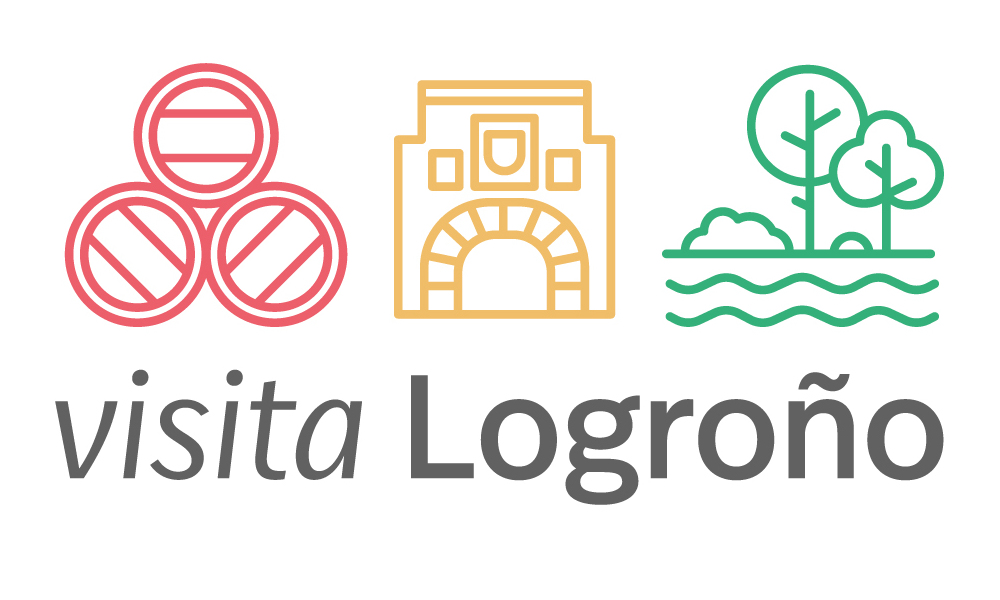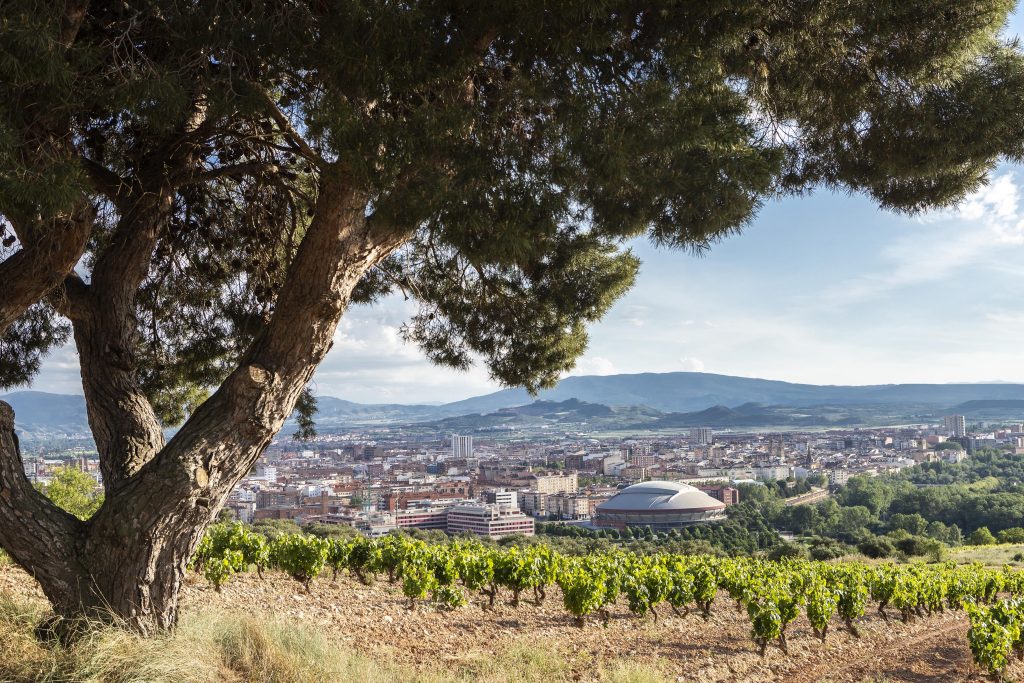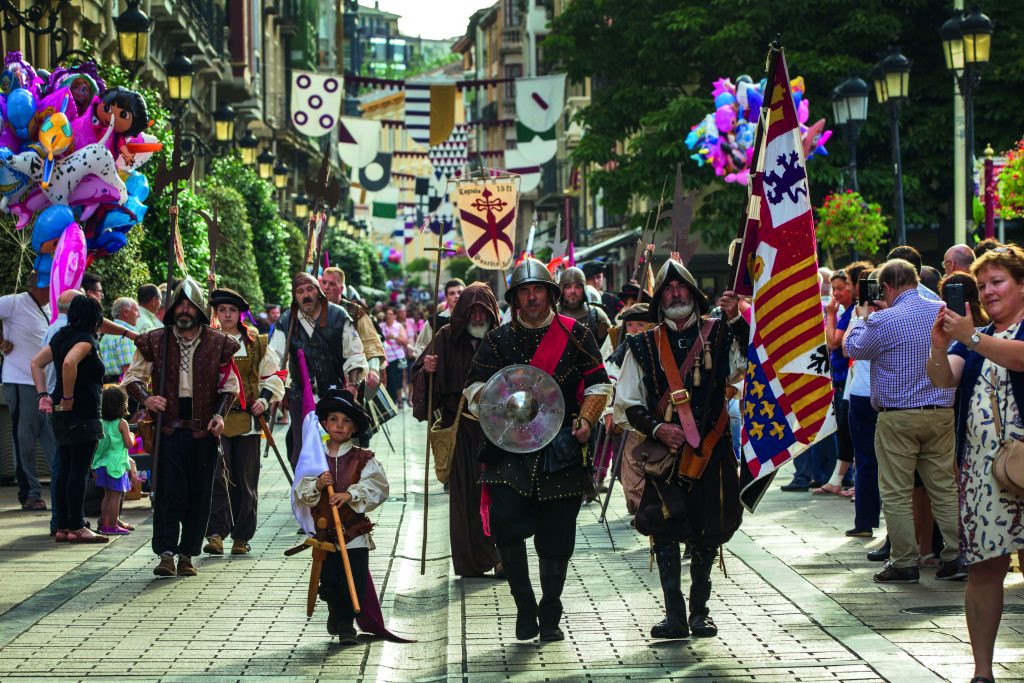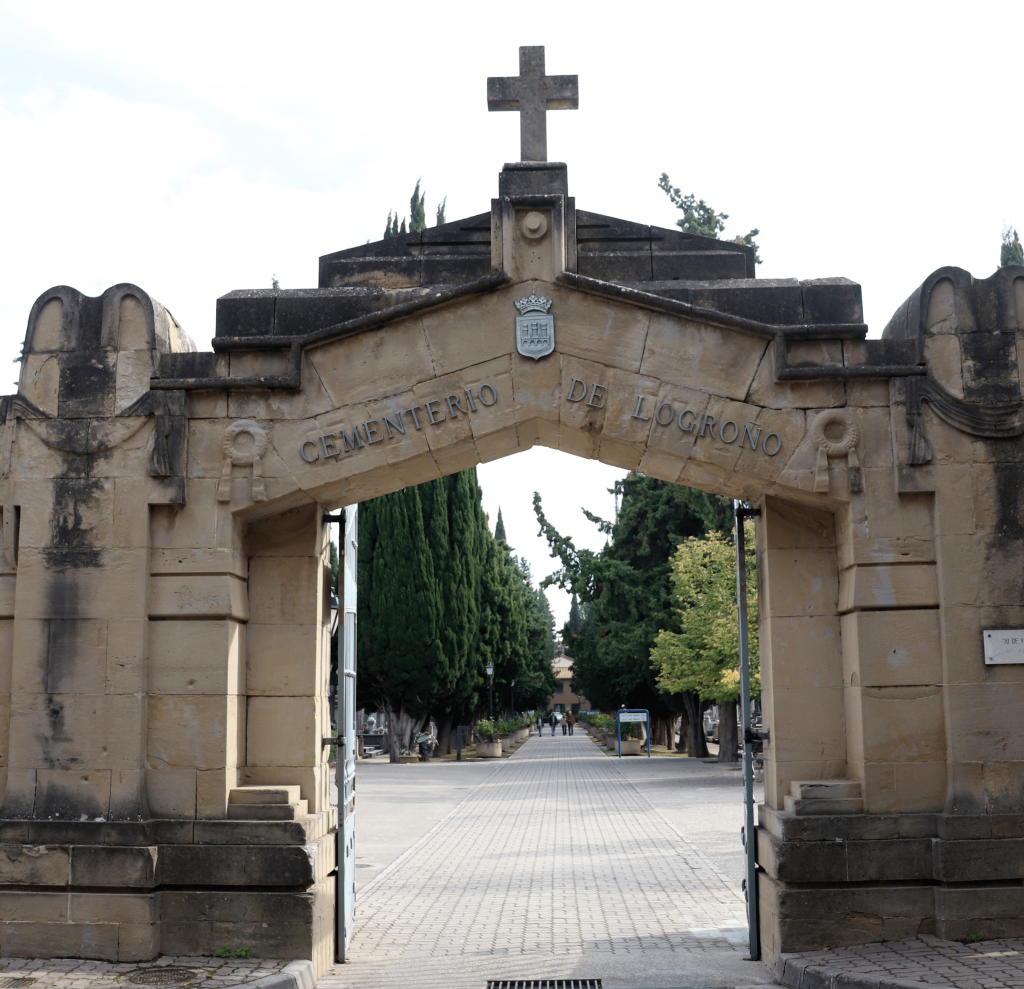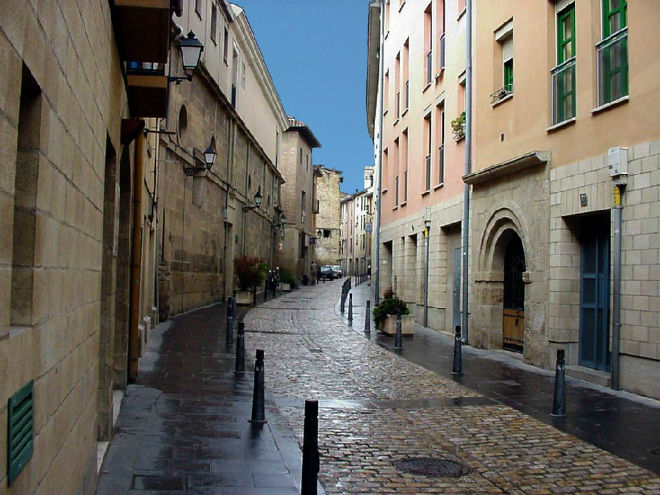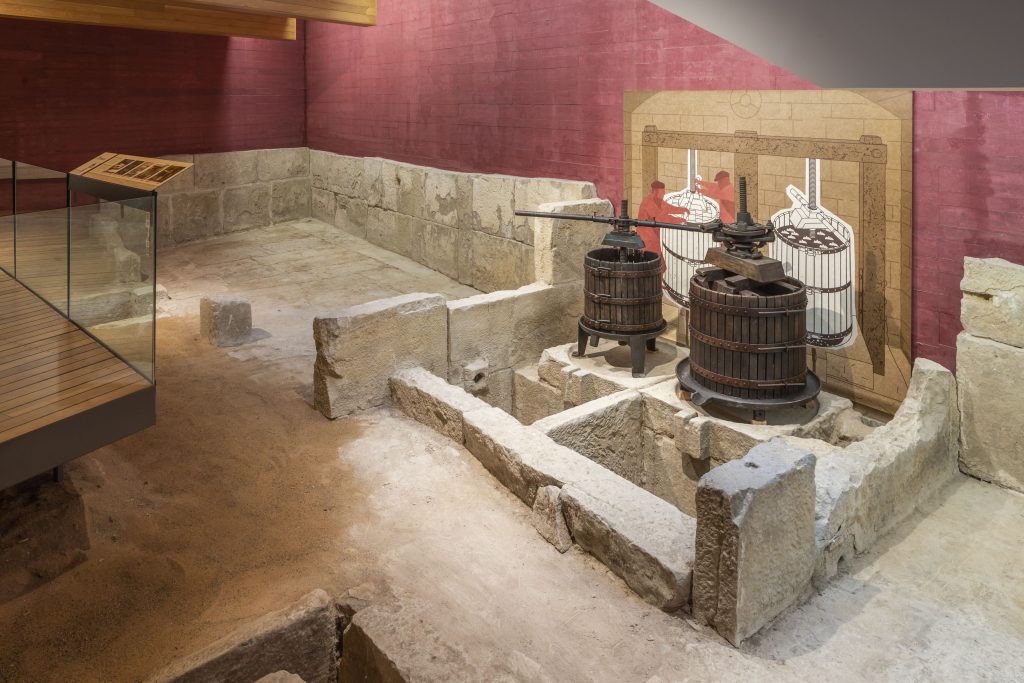The only true way to get to know a new city is to go into every street and detail.
Thus, we discover the stories, the stories and the whys of the streets, the buildings, the bridges that link the banks, the statues and sculptures that adorn the squares, or the cultural, social and economic spirit that energizes it.
From there, as a good traveler, it is up to you to capture each of the brushstrokes that make Logroño a special and different city, which aims to surprise you with secrets, mysteries, keys and curiosities.
Some are located in the open, at the distance of a glance; others, camouflaged behind the main altarpiece of a church or highlighted in the history books shared by the city, the Camino de Santiago and the Rioja and its culture.
Logroño opens its doors and invites you to get closer to its customs, to taste its typical dishes, its pinchos and tapas, accompanied by a glass of good wine. .
Logroño has everything within walking distance and as a good traveler it is time for you to start the adventure of discovering it.
Logroño travel guide in Spanish
Logroño travel guide in English
Wineries of Logroño in Spanish
Wineries of Logroño in English
The Way of Santiago in Spanish
